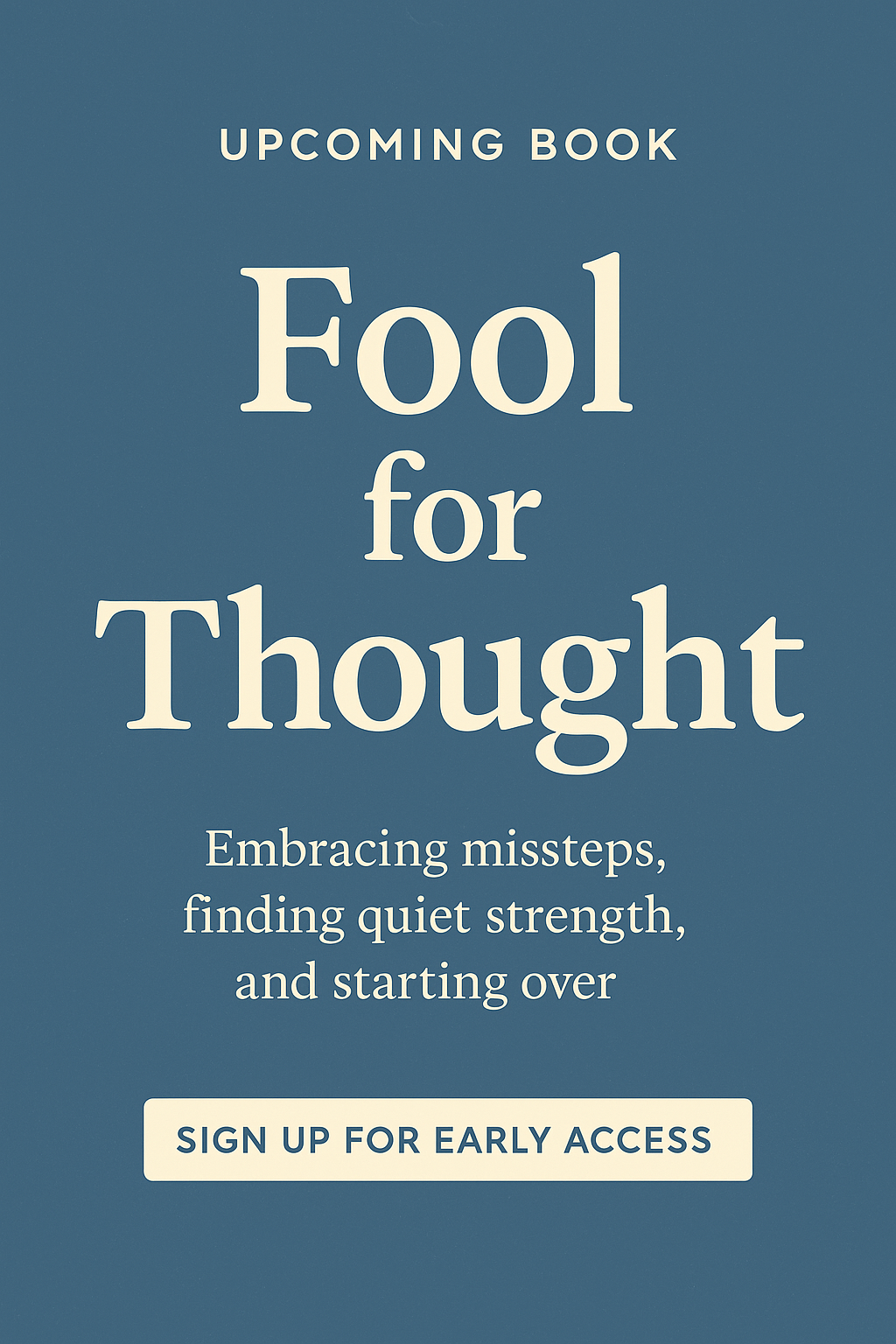In life, we are often faced with challenges, frustrations, or situations that can trigger an emotional reaction. Whether it’s a sudden inconvenience, a disagreement with someone, or an unexpected setback, the way we respond in those moments can significantly shape our outcomes and experiences. Many of us instinctively react to these events, allowing emotions like anger, fear, or frustration to take control. But what if there was another way to approach these moments—a way that allows us to respond thoughtfully and purposefully rather than react impulsively?
Enter the concept of the internal pause button, a powerful mental tool that enables you to press pause on your emotional reactions, giving you the time and space to think more clearly and respond more intentionally.
What is the Internal Pause Button?
The internal pause button is a metaphorical tool that you can use to momentarily halt your automatic emotional response when faced with a challenging situation. Instead of immediately reacting based on initial feelings, pressing the pause button allows you to step back, assess the situation, and choose a more empowering response.
This technique is rooted in the idea that our thoughts shape our reality. Often, we label experiences as “good” or “bad” based on our initial reactions, but these judgments are subjective and can cloud our ability to see the bigger picture. By pressing pause, you create a space where you can challenge the negative thoughts and assumptions that arise, allowing you to reframe the situation in a more positive or neutral light.
As the saying goes, “Nothing is bad unless you think it’s bad.” This emphasizes that our perception of events determines how we feel and respond to them. What might seem like a negative experience at first could hold valuable lessons or opportunities for growth—if we take the time to pause and reflect.
Why Press Pause?
When something bad happens, it’s natural to feel a rush of negative emotions. You might feel frustrated, angry, anxious, or even defeated. These emotions can cloud your judgment and lead you to react in ways that don’t serve your best interests. By pressing pause, you give yourself the chance to disengage from those immediate emotions and gain perspective.
Here are a few key reasons why the internal pause button can be a game-changer:
- Emotional Control: The pause button helps you avoid knee-jerk reactions that may escalate the situation or cause regret later. It gives you the power to choose how you respond rather than letting emotions take control.
- Greater Clarity: Pausing creates space for you to think through the situation logically and clearly. It allows you to ask yourself questions like, “What’s really going on here?” and “What’s the best way to handle this?”
- Opportunity for Growth: When you press pause, you open yourself up to the possibility that something good could come out of the situation, even if it doesn’t seem that way at first. You can ask yourself, “What possible good could there be in this situation?” This shift in perspective helps you see challenges as opportunities for growth.
- Curiosity Over Judgment: Pausing invites curiosity rather than judgment. Instead of labeling the situation as “bad” or “unfair,” you can become curious about what’s happening and what lessons or opportunities might be present. This mindset keeps you open to new possibilities.
How to Use the Internal Pause Button
Using the internal pause button is a practice that can be developed with intention. Here’s how you can begin incorporating it into your life:
- Notice the Trigger: The first step in using the pause button is becoming aware of the moments that trigger an emotional reaction. When you feel the onset of frustration, anger, or anxiety, mentally recognize the trigger.
- Press Pause: In that moment, imagine pressing an internal pause button. This might mean taking a deep breath, counting to ten, or simply stopping yourself from reacting right away.
- Wait and Reflect: Once you’ve pressed pause, give yourself some time to reflect. You don’t need to have an immediate answer or reaction. If possible, take three days to sit with the situation before responding, especially if it’s a major decision or conflict. During this time, ask yourself:
- “What possible good could come from this?”
- “Is there an opportunity for growth or learning here?”
- “How can I respond in a way that aligns with my values and long-term goals?”
- Be Curious: Approach the situation with curiosity rather than judgment. Instead of focusing on what’s wrong or unfair, explore how you can use the situation to your advantage. What can you learn? How can this challenge help you grow?
- Respond with Intention: After pressing pause and reflecting, you’ll be in a much better position to respond thoughtfully and intentionally. Your response will likely be more grounded, constructive, and empowering than if you had reacted impulsively.
The Power of a 3-Day Pause
One of the most practical applications of the internal pause button is the idea of waiting three days before making any major decisions or responses when faced with a challenging situation. This period allows emotions to settle and gives you the clarity needed to see the bigger picture.
For example, if you receive a frustrating email or face an unexpected setback, instead of reacting in the heat of the moment, give yourself three days to cool off and reflect. During this time, practice curiosity—what lessons or insights can you gain from the situation? Often, after a few days, what initially seemed like a disaster may appear much less significant, and you’ll be able to handle it with a clearer, more rational mind.
Seeing the Good in Every Situation
One of the most transformative aspects of using the internal pause button is that it helps you shift from a mindset of frustration or defeat to one of possibility and opportunity. No matter how difficult a situation may seem, there is always something good seeking to emerge.
For example, if you face a setback at work, instead of dwelling on the frustration, press pause and ask yourself, “What possible good could come from this?” Perhaps the setback is an opportunity to rethink your strategy, learn a valuable lesson, or build resilience. Even in moments of personal conflict, pressing pause allows you to consider the growth and healing that might come from resolving the issue thoughtfully.
How the Internal Pause Button Helps You Find the Good
Pressing the internal pause button helps you take control of your mindset, which is a key factor in finding the good in any situation. When you pause, you give yourself the time to shift from a negative, reactionary state to a positive, proactive state.
By being curious and looking for the good, you train your mind to focus on solutions rather than problems. This practice builds resilience, helping you navigate life’s ups and downs with greater ease. Over time, you’ll find that you’re able to see opportunities where others might only see obstacles.
How Will You Use Your Pause Button?
The internal pause button is a simple yet powerful tool that can have a profound impact on your life. By pressing pause on your emotional reactions, you give yourself the gift of time—time to reflect, time to reframe the situation, and time to choose a more empowered response.
Next time something happens that triggers an emotional reaction, try pressing your internal pause button. Wait three days, be curious, and look for the good. You may be surprised at the opportunities that emerge when you give yourself the space to respond thoughtfully rather than react impulsively.
How will pressing your internal pause button help you find the good today?

































